Finding the right battery charger for your mobility scooter is super important. A good charger keeps your scooter running smoothly and ensures you can get around without any hiccups. Whether you need a standard charger or something more specialized, you’ll find options that fit your needs right here.
Mobility Scooter Battery Chargers
Keep your mobility scooter powered up and ready to go with our reliable battery chargers
Product List
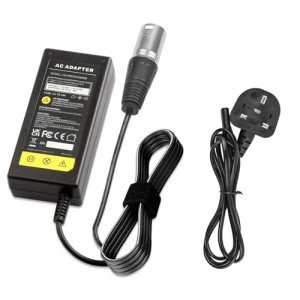
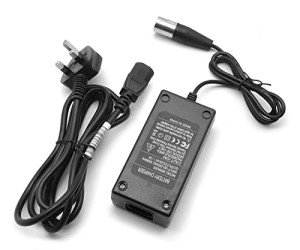
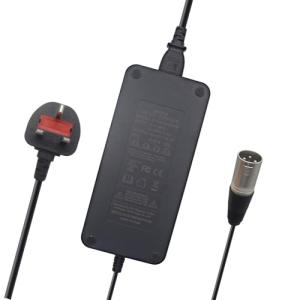
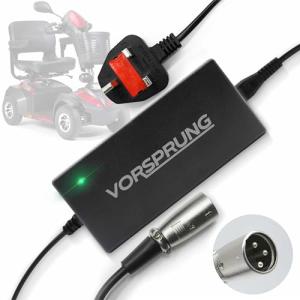
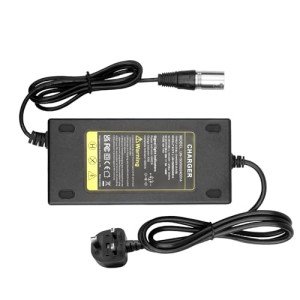
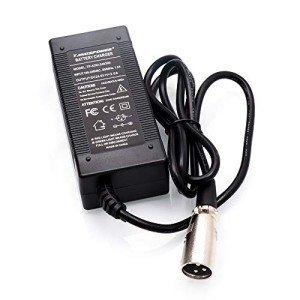
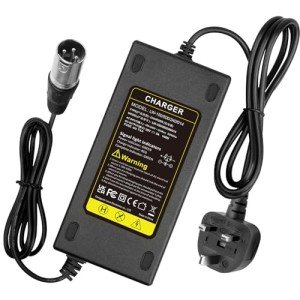
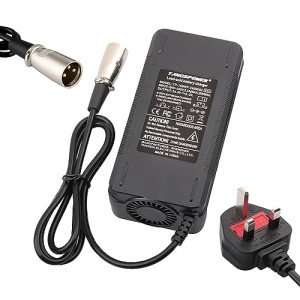
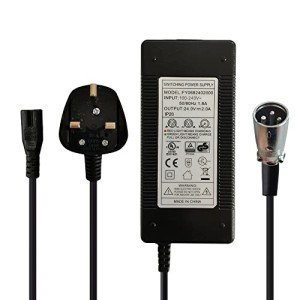
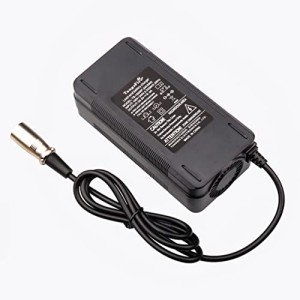
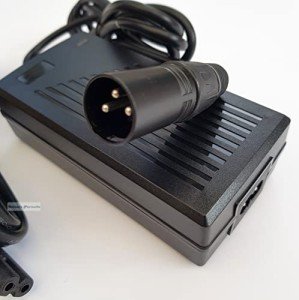
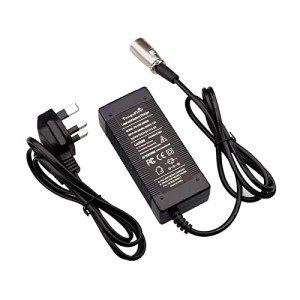
Mobility scooters play a vital role in enhancing the quality of life for many individuals, enabling greater freedom and independence. At the heart of a mobility scooter's functionality lies its battery and its charger—essential components that ensure the scooter remains reliable for everyday use. This guide explores the types of mobility scooter battery chargers, their features, and essential considerations for use, alongside an FAQ section to address common inquiries.
Understanding Mobility Scooter Batteries
Before delving into charger specifics, it's crucial to understand the types of batteries used in mobility scooters. The most common types include:
Table 1: Types of Mobility Scooter Batteries
| Battery Type | Description | Lifespan | Weight |
|---|---|---|---|
| Lead Acid | Traditional option, often cost-effective. | 1-3 years | Heavier |
| AGM | Sealed Lead Acid; more durable and less prone to spills. | 3-5 years | Medium |
| Gel | Similar to AGM, offers longevity and safety. | 4-6 years | Medium |
| Lithium Ion | Lightweight and compact; longer lifespan and faster charging. | 5-10 years | Light |
Types of Mobility Scooter Battery Chargers
When it comes to charging a mobility scooter, not just any charger will do. The choice of charger can significantly impact the efficiency, safety, and longevity of the battery. Typically, mobility scooter chargers can be divided into the following categories:
Table 2: Types of Mobility Scooter Battery Chargers
| Charger Type | Description | Pros | Cons |
|---|---|---|---|
| Standard Charger | Basic charger designed for lead-acid batteries. | Inexpensive, easy to find. | Slower charging time, less efficient for deeper cycles. |
| Smart Charger | Advanced charger that adjusts current based on battery status. | Fast charging, prolongs battery life. | Generally more expensive. |
| Portable Charger | Compact, lightweight chargers for on-the-go. | Convenient for travel and emergencies. | May have lower charging capability. |
| Solar Charger | Utilizes solar power to charge batteries. | Eco-friendly and sustainable. | Dependent on sunlight, may charge slower. |
Key Features to Look For in a Mobility Scooter Battery Charger
When choosing a mobility scooter battery charger, various features should be considered to ensure compatibility and safety. Here's a comprehensive list of key features to keep in mind:
- Voltage Compatibility: Ensure that the charger matches the voltage of your scooter's battery (usually 12V or 24V).
- Amperage Output: The higher the amp rating, the faster the battery will charge. However, too high an amperage can damage the battery.
- Automatic Shut-off: This feature prevents overcharging, protecting the battery from damage.
- LED Indicators: Helpful for monitoring charging status, allowing the user to know when the battery is fully charged.
- Overcurrent Protection: Safeguards against excessive current, which can lead to overheating and potential battery failure.
- Portability: A lightweight charger can facilitate easier transport for users on the go.
- Durability & Design: Look for robust builds to withstand regular use and potential exposure to outdoor conditions.
Charger Maintenance and Safety Tips
To ensure longevity and optimal performance of both the charger and the mobility scooter battery, consider these maintenance tips:
- Regular Inspection: Check the charger for wear and tear, especially the cord and plug.
- Keep Clean: Remove any dust or debris from charger connections to ensure proper conductivity.
- Use Correct Charger: Always use the manufacturer-recommended charger to avoid warranty issues or damage.
- Proper Storage: Store the charger in a cool, dry place and avoid exposing it to extreme temperatures.
- Charge in Safe Locations: Use the charger in dry, ventilated spaces away from moisture to reduce fire hazards.
Frequently Asked Questions (FAQ)
1. How long does it take to charge a mobility scooter battery?
Charging times vary based on the battery type and charger used. Standard chargers may take 8-12 hours, while smart chargers can reduce this to 4-6 hours.
2. Can I leave my mobility scooter plugged in all the time?
While it is generally safe to leave it plugged in, it is best to monitor and unplug once fully charged to avoid overcharging and potential battery damage.
3. What happens if I use the wrong charger?
Using an incompatible charger can result in insufficient charging, overheating, or even permanent damage to the battery. Always stick to the manufacturer’s guidelines.
4. How often should I charge my mobility scooter?
You should charge your mobility scooter after every use, especially if the battery is below 50% capacity.
5. How can I prolong my battery's lifespan?
To extend your battery life, avoid completely discharging it, store it in a cool place, and charge it regularly with the proper charger.
Investing in the right mobility scooter battery charger not only ensures optimal performance but also enhances the lifespan of both the scooter and its battery. By understanding the different battery types, charger options, and essential maintenance tips outlined above, users can make informed decisions. This diligence will lead to a smoother, more reliable mobility experience, allowing individuals to enjoy the freedom that mobility scooters provide. Whether it's a standard charger or a cutting-edge smart charger, the right choice and care can make all the difference in keeping a mobility scooter ready for the next journey.